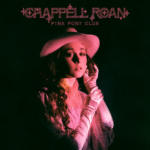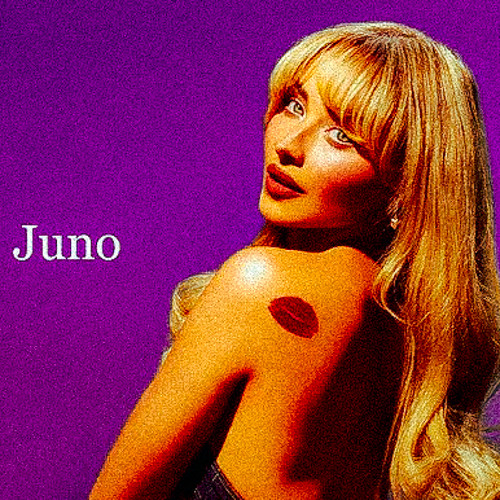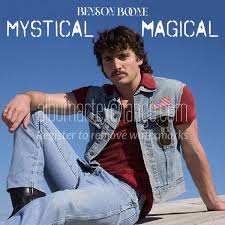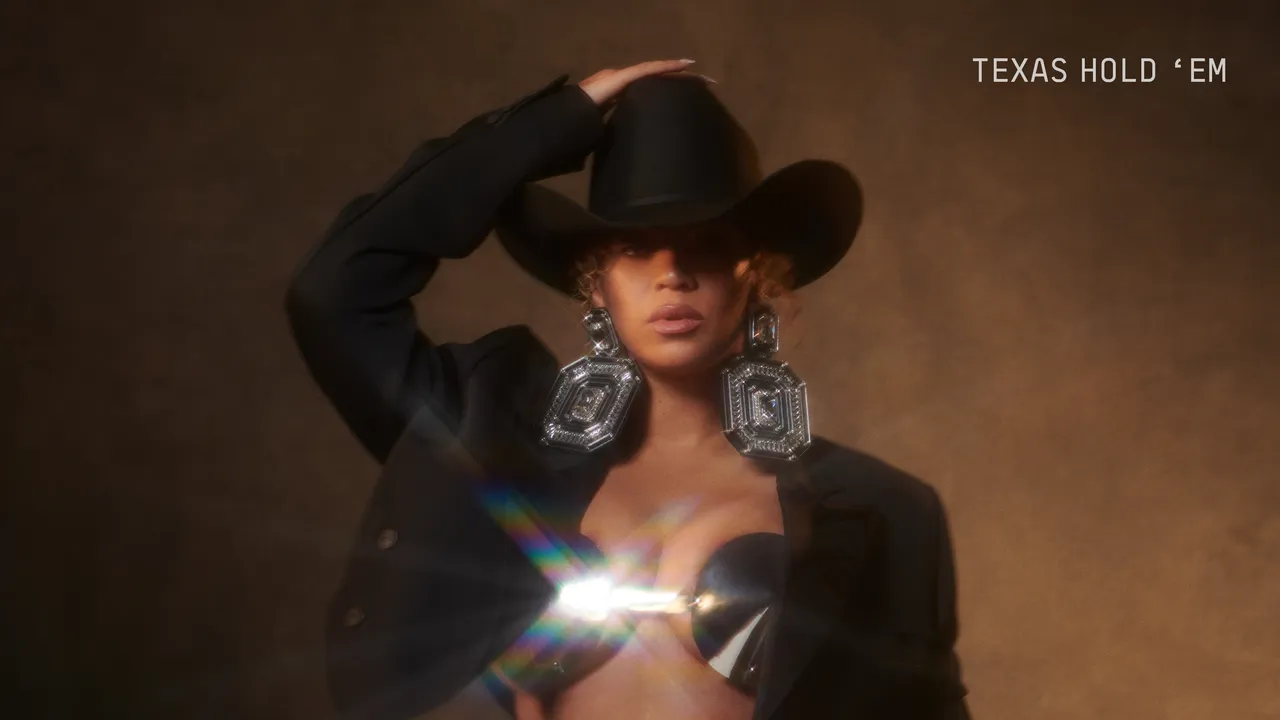 Chappell Roan’s “Pink Pony Club” is a dazzling burst of modern pop that balances theatricality, vulnerability, and a fearless embrace of self-expression. Released as part of her 2023 creative output, the song quickly became emblematic of Roan’s distinctive approach to pop music: an artist unafraid to combine polished, high-energy production with introspective, emotionally charged songwriting. From the very first synth-laden chords to the final triumphant vocal runs, “Pink Pony Club” encapsulates the essence of Roan’s artistry—a blend of audacious style, heartfelt storytelling, and an unwavering commitment to authenticity. In a pop landscape often dominated by formulaic tracks, “Pink Pony Club” asserts itself as both a party anthem and a personal manifesto, a song that invites listeners into a neon-lit world of empowerment, desire, and unapologetic individuality.
Chappell Roan’s “Pink Pony Club” is a dazzling burst of modern pop that balances theatricality, vulnerability, and a fearless embrace of self-expression. Released as part of her 2023 creative output, the song quickly became emblematic of Roan’s distinctive approach to pop music: an artist unafraid to combine polished, high-energy production with introspective, emotionally charged songwriting. From the very first synth-laden chords to the final triumphant vocal runs, “Pink Pony Club” encapsulates the essence of Roan’s artistry—a blend of audacious style, heartfelt storytelling, and an unwavering commitment to authenticity. In a pop landscape often dominated by formulaic tracks, “Pink Pony Club” asserts itself as both a party anthem and a personal manifesto, a song that invites listeners into a neon-lit world of empowerment, desire, and unapologetic individuality.
The opening of “Pink Pony Club” immediately sets the tone with shimmering synths and a pulsing beat that evokes the sensation of stepping into a vibrant, otherworldly space. The production is simultaneously sleek and slightly chaotic, reflecting Roan’s affinity for blending mainstream pop sensibilities with subversive energy. The track’s rhythmic foundation is firmly rooted in danceable electronic pop, with crisp percussion and driving basslines propelling the song forward. Yet beneath the surface-level accessibility lies a rich tapestry of melodic and harmonic layers, from subtle keyboard arpeggios to strategically placed vocal harmonies, creating a listening experience that rewards both casual and attentive engagement.
Vocally, Chappell Roan’s performance is at once commanding and intimate. Her voice possesses a crystalline clarity that is capable of soaring over dense production while maintaining emotional immediacy. Throughout “Pink Pony Club,” Roan navigates dynamic shifts with precision and expressive nuance, alternating between playful flirtation, defiant declarations, and introspective reflection. The chorus, with its irresistible melodic hook, showcases her ability to fuse technical skill with emotional resonance, creating a moment that is both euphoric and meaningful. Every inflection, pause, and melodic twist feels deliberate, amplifying the song’s narrative while inviting listeners to inhabit the neon-soaked world she has constructed.
Lyrically, “Pink Pony Club” is a celebration of individuality, escapism, and the exhilaration of finding freedom within self-expression. The song’s protagonist embodies a mix of confidence and vulnerability, navigating a space where societal norms are challenged and identity is fluid. References to fantastical imagery, bright colors, and club culture create an atmosphere that is playful and liberating, while underlying emotional themes of desire, acceptance, and self-discovery ground the song in human experience. Roan’s lyrics are clever without being opaque, allowing listeners to connect with both the exuberant surface narrative and the deeper emotional subtext. The repeated mantra of the chorus serves as both an invitation and a declaration: this is a space where joy, rebellion, and authenticity are paramount, and anyone is welcome to join.
The production of “Pink Pony Club” is a key factor in its impact, reflecting Roan’s collaborative approach with producers who understand her artistic vision. The arrangement balances a dense electronic pop aesthetic with moments of spaciousness, allowing Roan’s vocals to breathe and resonate. Percussion is layered and intricate, ranging from punchy dance beats to shimmering hi-hat patterns that enhance the track’s momentum. Synth textures shift and evolve throughout the song, from glittering arpeggios to lush pads, creating a sense of movement and dimensionality. Subtle effects, such as echo and reverb, add a dreamlike quality, reinforcing the sense that the listener is entering a fantastical, liberated space—the titular “Pink Pony Club.”
Chappell Roan’s ability to merge theatricality with authenticity is evident throughout the song. “Pink Pony Club” is unabashedly extravagant, with elements that recall the grandeur of pop icons like Lady Gaga or early Madonna, yet Roan infuses these flourishes with personal specificity and emotional sincerity. The song’s energy feels lived-in rather than performative, a reflection of Roan’s knack for translating her experiences, fantasies, and desires into music that resonates broadly. There is an intentional contrast between the larger-than-life party imagery and the introspective undercurrents of the lyrics, creating a multi-layered experience that is simultaneously entertaining, empowering, and emotionally compelling.
The chorus of “Pink Pony Club” is a masterclass in pop hooks. Its melodic contour, rhythmic precision, and lyrical repetition make it immediately memorable, while Roan’s vocal delivery imbues it with urgency and exuberance. This section functions as both a musical and emotional high point, a moment of catharsis where energy, melody, and narrative converge. The bridge introduces a slight tonal shift, providing contrast and tension before returning to the celebratory chorus. This structural design enhances the song’s replay value, ensuring that each listen offers both familiarity and freshness, and highlighting Roan’s sophistication as a songwriter and performer.
The song’s themes of escapism and self-expression are particularly relevant in contemporary cultural contexts. In an era where identity, freedom, and individuality are increasingly celebrated and contested, “Pink Pony Club” offers a musical space where these concepts are enacted and amplified. Roan’s lyrics and performance articulate the thrill of breaking free from constraints, whether they are societal expectations, personal insecurities, or external judgment. The track functions as both a literal celebration of nightlife and social liberation and a metaphorical assertion of autonomy, encouraging listeners to claim their space, desires, and voice.
Instrumentation throughout the track reinforces these themes. The bass provides a steady, propulsive backbone, allowing the listener to feel the kinetic energy of the song physically. Synth layers are carefully orchestrated to create a sense of expansion and euphoria, with brighter tones highlighting moments of joy and slightly darker textures underscoring introspective sections. Percussive elements, including handclaps, snaps, and electronic drum accents, punctuate key lyrical moments, emphasizing emotional stakes and enhancing the sense of collective participation, as if the listener is sharing the experience with the “club” Roan has imagined.
“Pink Pony Club” also demonstrates Roan’s skill at balancing accessibility with artistry. On the surface, it is an immediate, high-energy pop song with a compelling hook, but repeated listening reveals intricate details in production, melodic variation, and lyrical nuance. Roan’s vocal phrasing and ornamentation are subtle yet impactful, adding layers of expression that reward careful attention. The song’s combination of spectacle and intimacy ensures that it functions both as a communal anthem and a deeply personal statement, reflecting Roan’s understanding of pop music as a medium capable of entertaining, inspiring, and resonating emotionally.
Chappell Roan’s live performances of “Pink Pony Club” further amplify the song’s impact. On stage, she often incorporates theatrical elements, visual flourishes, and audience interaction, transforming the track into an immersive experience. The energy of the song translates seamlessly to performance, with the rhythmic drive, melodic hooks, and lyrical content inviting participation and emotional engagement. These live interpretations underscore the song’s dual identity as both a pop anthem and a vehicle for personal and collective expression, demonstrating Roan’s talent as a performer capable of bridging spectacle and sincerity.
The song’s bridge and instrumental sections are notable for their ability to provide both contrast and reinforcement to the central narrative. In these moments, Roan’s vocals may soften or become more playful, allowing listeners to experience a shift in emotional texture. The instrumental arrangement adapts accordingly, introducing subtle variations in synth timbre, harmonic progression, or percussive accents that maintain momentum while creating a sense of dynamic evolution. This careful attention to detail in arrangement and performance exemplifies Roan’s commitment to creating music that is engaging, emotionally resonant, and artistically sophisticated.
Lyrically, “Pink Pony Club” employs metaphor and imagery to deepen the song’s thematic resonance. The “club” itself functions as a space of liberation, joy, and self-affirmation, but it also represents internal psychological states: confidence, empowerment, and the courage to embrace one’s individuality. Roan’s storytelling is vivid, using color, movement, and playful language to create a sensory experience that is immersive and memorable. At the same time, the song never loses sight of emotional authenticity; beneath the sparkling surface lies an acknowledgment of human vulnerability, desire, and the universal longing for connection and acceptance.
The production choices in “Pink Pony Club” reflect an understanding of both contemporary pop trends and timeless musicality. The blend of electronic and organic textures, the layering of vocal harmonies, and the interplay between rhythmic drive and melodic expansiveness create a sonic landscape that feels current, vibrant, and enduring. Each element, from synth arpeggios to bass lines to percussion patterns, is carefully calibrated to maximize emotional impact and listener engagement. The result is a track that functions as a complete artistic statement, balancing polish with personality, spectacle with intimacy, and accessibility with depth.
Chappell Roan’s ability to integrate personal narrative with broader themes of empowerment and identity is central to the song’s appeal. “Pink Pony Club” is at once a celebration of self-expression and a reflection on the challenges and exhilarations of embracing individuality. The song’s protagonist navigates a space of joy, performance, and freedom, yet the lyrics also acknowledge vulnerability and desire, creating a multi-dimensional emotional landscape. This combination of exuberance and introspection allows listeners to both enjoy the track on a surface level and connect with its deeper emotional and thematic content, enhancing its resonance and impact.
The chorus’s repetition and melodic design contribute to the song’s infectious quality, ensuring that it lingers in the listener’s mind long after the track ends. Roan’s vocal delivery imbues the refrain with energy, conviction, and joy, transforming it into both a personal mantra and a communal call to action. The interplay between lyrical content, melodic structure, and production choices creates a sense of unity and cohesion, reinforcing the song’s themes of connection, empowerment, and self-expression.
Throughout “Pink Pony Club,” Chappell Roan demonstrates a keen understanding of pop dynamics, combining immediacy with subtle sophistication. The song’s energy ebbs and flows in a way that mirrors emotional experience, with peaks of euphoric release and moments of reflective pause. Instrumental choices, vocal layering, and rhythmic variation work in concert to create a track that is engaging, dynamic, and emotionally resonant. This meticulous attention to detail ensures that the song remains compelling across multiple listens, revealing new textures, nuances, and insights each time.
In conclusion, Chappell Roan’s “Pink Pony Club” is a remarkable achievement in contemporary pop music, exemplifying the qualities that make her a distinctive and influential artist. Its combination of infectious melody, dynamic production, emotionally charged performance, and thematically rich lyrics creates a song that is both entertaining and meaningful. By blending theatricality with authenticity, exuberance with introspection, and spectacle with intimacy, Roan crafts a track that is immediately engaging, emotionally resonant, and culturally relevant. “Pink Pony Club” is not merely a pop song—it is a celebration of individuality, a manifesto of joy, and a testament to the power of music to inspire, connect, and transform. It invites listeners to step into a neon-lit world where freedom, self-expression, and emotional honesty reign supreme, and in doing so, it solidifies Chappell Roan’s status as a bold, visionary force in modern music.


